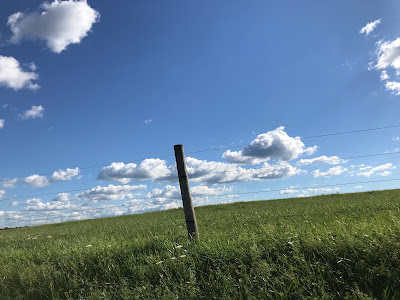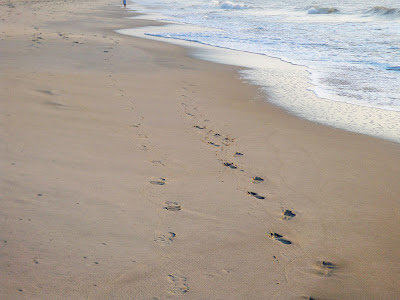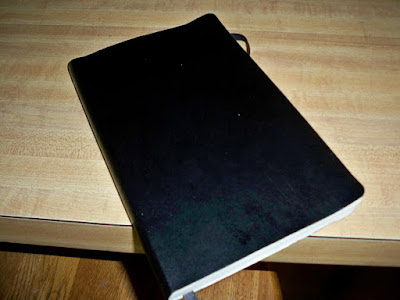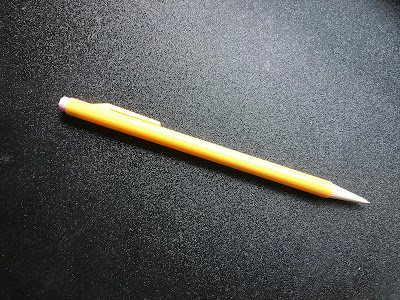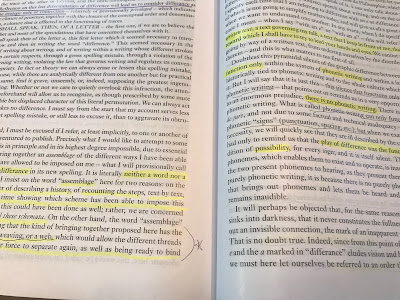Sacred Journey
When I read the obituaries of Frederick Buechner last week — he died August 15 at the age of 96 — I wondered how I had missed him all these years. He is the author of 39 books — novels, memoirs, sermons and other nonfiction — and is known for encouraging people to listen to their lives.
“Listen to what happens to you everyday,” he said, because it is “a kind of praying.” The “hurly-burly of life” often drowns out that sound, he continues. But for that reason, we must pay even closer attention.We find our purpose, he wrote, in the place where “deep gladness meets the world’s need.”
Some spend most of their lives looking for this place, this intersection. Others find it early on. And some, of course, never find it at all.
But it’s good to learn about one who not only found it for himself, but who took the time to share it with others. I’ve already ordered one of Buechner’s books, the library being short on his work. The Sacred Journey arrives next week.


